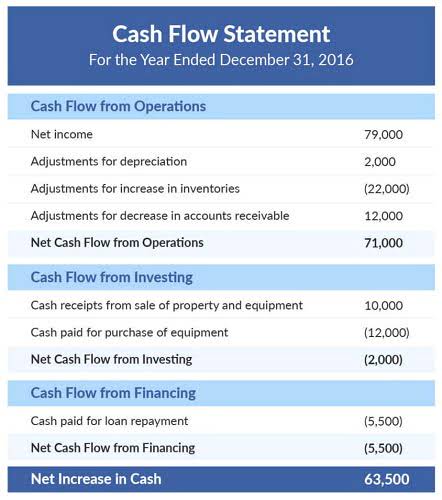
This method provides a systematic approach to determine each partner’s share of the profits based on agreed-upon ratios or percentages. It also involves allocating expenses fairly among the partners to ensure transparency and accountability within the partnership. These methods are essential for determining partners’ ownership interests, profit-sharing ratios, and online bookkeeping tax implications, ensuring accurate financial representation for the partnership.
- They might find themselves having sleepless nights, worrying about the firm’s financial stability, or facing legal implications for mistakes made by their team.
- Interests of Partner A and Partner B will be reduced from 50% each to 33.3% each.
- Capital account of each partner represents his equity in the partnership.
- At least one other is a silent partner whose liability is limited to the amount invested.
- No partner can assign his interest in the business to any other person.
- The amount paid to Partner C by Partner B is a personal transaction and has no effect on the above entry.
How do you become a partner in an accounting firm?

The individuals involving in recording the details in the partnership capital account must be aware of the demerits of maintaining such accounts. Clearly show all appropriations like partner’s salary, interest on capital, and commission on the debit side. The final step is to correctly calculate the divisible profit and show its partnership accounting distribution among partners according to their profit-sharing ratio.
- To allocate the $10,000 bonus that each of the old partners will contribute to the new partner, Remi, make the following calculations.
- Tax implications, such as pass-through taxation, affect partners’ individual tax liabilities.
- In certain jurisdictions, there may be an upper limit to the number of partners but, as that is a legal point, it is not part of the FA2 syllabus.
- So far we have demonstrated how to create a partnership, distribute the income or loss, and calculate income distributed at the end of the year after salaries have been paid.
- Partnership accounting operates by systematically recording the contributions, withdrawals, equity adjustments, and profit or loss allocations among the partners.
- Instead of shareholders’ equity, a partnership’s equity is represented by the capital accounts of the individual partners.
How Much Does a Partner at an Accounting Firm Make? A Comprehensive Guide
The following is a list of provisions of the Indian Partnership Act that apply to partnership deeds. These requirements were included in the chapter that dealt with accounting for partnership basic concepts. A partnership agreement can reduce uncertainty when the partners need to finalize any decisions or resolve a dispute4. Any decision and dispute resolution process built into the agreement can provide a path forward. Attracting new partners can also be challenging if the partnership needs to expand beyond the partners’ existing capacity. The structure can attract prospective partners who do not have prior experience working together.
- My Accounting Course is a world-class educational resource developed by experts to simplify accounting, finance, & investment analysis topics, so students and professionals can learn and propel their careers.
- They trust the expertise and management skills of the other partners and are content with a more passive role.
- Partners often have current accounts to record ongoing transactions such as their share of profits, interest on capital, salaries, and drawings.
- This is an effort to collect, classify, analyze, verify, calculate, interpret and present financial information.
- Profit and loss sharing mechanisms in a partnership dictate the allocation of business profits and losses among the partners based on their respective investments and agreed-upon profit-sharing ratios.
- The term “partnership” is used to refer to this type of “relationship between individuals.”
What Are the Benefits of Partnership Accounting?
This includes identifying potential risks and developing strategies to mitigate them. Partners must also be able to manage the morale of the firm’s employees, ensuring that everyone is motivated and working towards the same goals. In addition to managing their teams, partners must also be able to develop and implement strategies for their firms. This involves analyzing market trends and identifying opportunities for growth. Partners must also be able to make difficult decisions that may impact the future of the firm. Partners must be able to create a positive work environment Outsource Invoicing that fosters teamwork and collaboration.
How are partners in an accounting firm paid?

Balancing client needs with administrative duties ensures productivity remains high without sacrificing personal well-being. This balance is crucial for long-term success and maintaining staff morale within the firm. In the mysterious world of accounting firm partnerships, equity partners and non-equity partners reign supreme.

What is the fundamental accounting equation for partnerships?

Partnership accountants present financial information in form of charts. By doing so, they are able to observe and measure any challenges that could emerge in partnership accounting. They are also able to handle client financial situations individually. Net income or loss is allocated to the partners in accordance with the partnership agreement. In the absence of any agreement between partners, profits and losses must be shared equally regardless of the ratio of the partners’ investments. If the partnership agreement specifies how profits are to be shared, losses must be shared on the samebasis as profits.
